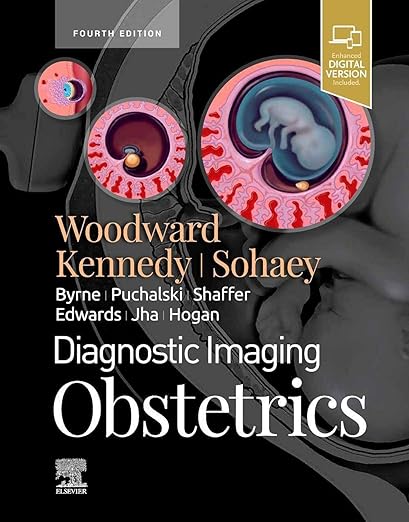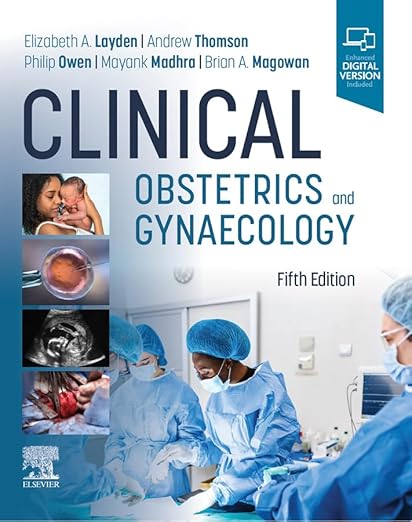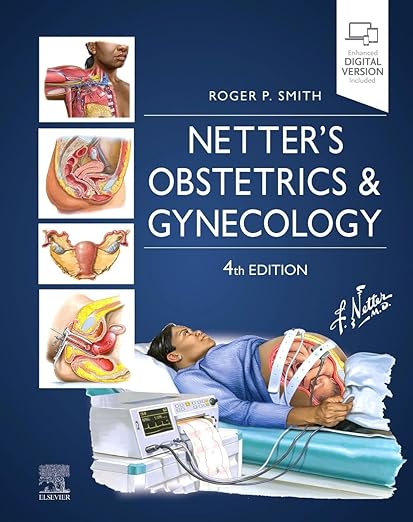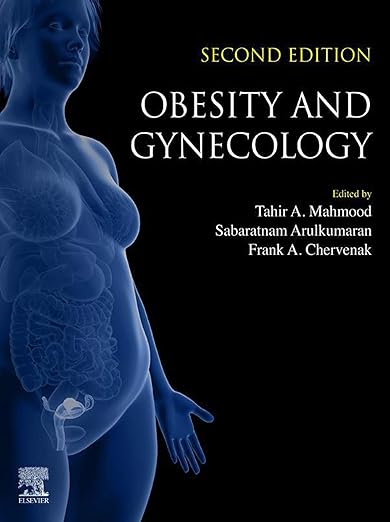Description
Overview
Diagnostic Imaging: Obstetrics, fourth edition, is a comprehensive resource for radiologists, perinatologists, and trainees. The book provides the latest information on advances in technology and the understanding of fetal development and disease processes. It serves as a useful learning and reference tool for daily practice.
Key Features
- Serves as a one-stop resource for key concepts and information on obstetric imaging, including a wealth of new material and content updates throughout
- Features more than 3,000 illustrations (grayscale, 3D, color, and pulsed-wave Doppler ultrasound; fetal MR; extensive clinical and/or pathologic correlation; and full-color illustrations) 1,300 additional digital images, and 175 new ultrasound video clips
- Features updates from cover to cover including new information on the genetic basis of fetal diseases, as well as new diagnoses and management protocols; additional and expanded differential diagnoses; and recent consensus guidelines and practice standards
- Covers dramatic new changes in technology, including recent innovations in 3D ultrasound and fetal MRI, as well as the earliest ultrasound findings seen with each condition due to improved ultrasound technology
- Reflects a multidisciplinary, collaborative approach to diagnosis, management, and treatment between radiologists, perinatologists, pediatricians, and surgeons
- Includes embryology and anatomy overview chapters, along with pertinent differential diagnoses for comprehensive coverage
- Uses bulleted, succinct text and highly templated chapters for quick comprehension of essential information at the point of care
- Enhanced eBook version included with purchase. Your enhanced eBook allows you to access all of the text, figures, and references from the book on a variety of devices
Highlights
The book is noted for its extensive visual reference with over 3,000 illustrations, digital images, and ultrasound video clips. It provides updates throughout, reflecting new information on the genetic basis of fetal diseases, new diagnoses and management protocols, and recent consensus guidelines and practice standards. There are also significant updates on technology, including innovations in 3D ultrasound and fetal MRI.
Book Structure
The book utilizes bulleted, succinct
Book Preview:







